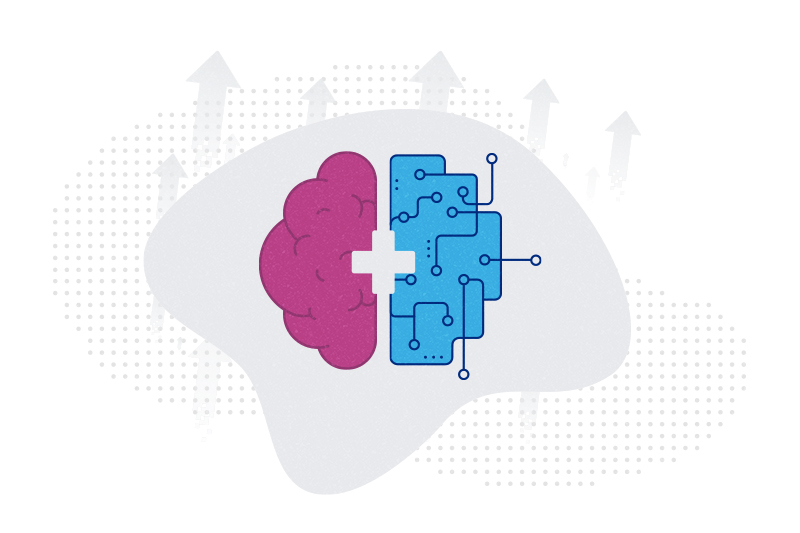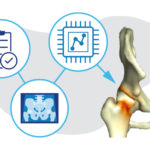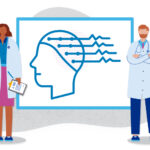AI-enabled medical devices are burgeoning, but many haven’t been tested in children

Medical devices that incorporate artificial intelligence and machine learning are proliferating. In 2013, the FDA approved fewer than 10 such devices; by 2023, this number had grown to nearly 250. Devices include software to help interpret radiology images, wearable devices that monitor the heart and flag risks, and devices that analyze brain signals for potential seizure activity and intervene with electrical neurostimulation.
The FDA has approved only a small minority of the AI-enabled devices for use in children — about 40 in 2023. This mirrors pharmaceutical approvals for children, which have lagged behind those for adults. But more concerning, a new study in JAMA Pediatrics finds that only one in five devices approved for children actually incorporated pediatric data into their algorithms.
“AI performance is only as good as the data used in training and validation processes,” explains study first author Ryan Brewster, MD, a pediatrician at Boston Children’s Hospital who evaluates health care technologies. “If the data used to develop these systems are biased or not representative, that is going to affect the output.”
Underrepresentation of children in test cohorts
Researchers led by Brewster and Florence Bourgeois, MD, MPH, of the Boston Children’s Computational Health Informatics Program, reviewed FDA approval documents for 876 devices incorporating AI, identified on the FDA’s website as of March 2024. Most devices (80 percent) were used for radiology, followed by cardiovascular and neurology devices.
Most of the FDA authorizations were specific to adults (33 percent) or made no reference to pediatric use (50 percent). Only 17 percent of devices were explicitly labeled for use in children. For these 149 devices, only 19 percent explicitly reported development using pediatric datasets. The rest were validated only with adult data (15 percent) or failed to report whether children were studied (66 percent).
Potential for harm
The findings raise the possibility that AI algorithms developed for adult patients could cause harm if inappropriately extended to children.
“For example, a radiology device that screens head CTs and flags those of particular concern may not fit kids, whose anatomy or disease processes are different,” says Bourgeois. “Conditions may not be detected with the same specificity and sensitivity. Measuring adverse effects from these devices will require new approaches.”
Until then, she and Brewster are advocating for increased awareness around the use of adult AI-enabled devices in children. They recommend consulting the device’s documentation for details about validation and use of the devices in pediatric patients.
Incentives needed
Why are children so underrepresented in AI test cohorts? Bourgeois thinks there are challenges analogous to those in developing pharmaceuticals for pediatric use. Children are a relatively small percentage of the population and tend to be healthier than adults. This limits the market size and financial incentives for pharmaceutical companies.
“There’s also more cost and red tape to conducting studies in children, who are considered a vulnerable population,” she says. “These factors make it difficult to create the right incentives to increase development and approval of many of the innovative products we see emerging for adult conditions.”
Learn more about research in the Computational Health Informatics Program (CHIP).
Related Posts :
-

Low enrollment stymies completion of rare disease clinical trials
Rare diseases are anything but rare when taken together. In the United States alone, they affect nearly 30 million people. Yet ...
-

AI could change the way we look at hip preservation
Orthopedic surgeons and biomedical engineers are trained to approach adolescent and young adult hip pain from two different perspectives. Surgeons ...
-

Drawing on data to revolutionize pediatric urology
At first blush, data analytics — sifting through raw data to discover patterns and draw conclusions from them — seems far afield ...
-

Finding epilepsy hotspots before surgery: A faster, non-invasive approach
Neurosurgery for patients with drug-resistant epilepsy requires locating the precise brain areas that are generating the seizures. Typically, patients undergo 7 ...





